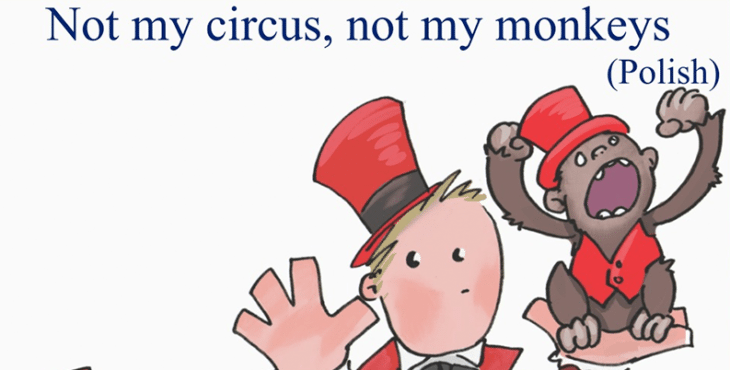Polish is rich with idioms that burst with color, cultural personality, and regional humor—yet most of them collapse completely when translated word-for-word into English. That’s the challenge translators face every day when working on Polish to English translation and localization projects. Idioms express more than meaning; they reflect worldview, emotion, and cultural rhythm. Direct translation often leads to awkward, confusing, or unintentionally funny results.
In localization, the job isn’t to transfer words—it’s to transfer impact. A good translator must rebuild the tone, humor, sarcasm, or emotional weight hidden in Polish idioms and reconstruct it in a way English speakers instantly understand. This article explores seven popular Polish idioms that cannot survive literal translation, explains why they break, and shows how professional translators rebuild them for English readers. Through practical examples, tone analysis, and cultural notes, you’ll learn exactly how idioms get transformed during real-world Polish to English localization.
- “Niemójcyrk, nie moje małpy” (Not my circus…)
This idiom has become somewhat known globally, but many English speakers still find it quirky. While the literal translation—“Not my circus, not my monkeys”—does exist in English, it doesn’t carry the same cultural weight. In Polish, it conveys distance, refusal of responsibility, and a pinch of humor. Translators often adapt it to “Not my problem” or “That’s not on me” to maintain clarity, reserving the literal version when the tone is playful.
- “Bułkazmasłem” (A bread roll with butter)
Literal meaning: “a bread roll with butter.”
The Polish idiom refers to something very easy to do. The English equivalent is “piece of cake,” which conveys identical meaning but uses a different food-based metaphor. Translators often choose the English idiom rather than the literal phrase because the literal version sounds incomplete or odd to English readers. The challenge is preserving the casual, everyday simplicity implied in the Polish phrase.
- “Rzucaćgrochemo ścianę” (Throwing peas at the wall)
This idiom describes a situation where someone repeatedly tries to explain something but the other person refuses to listen. English equivalents include “talking to a brick wall” or “it’s not sinking in.” Translators almost never use the literal version because it distracts readers with an unusual mental image. The goal is to preserve the frustration and futility embedded in the Polish phrase while ensuring the English version sounds natural and emotionally relatable.
- “Lejejak zcebra” (It’s pouring like from a bucket)
This expression vividly describes intense rainfall. While English speakers say “It’s pouring” or “It’s raining buckets,” the Polish version evokes a specific visual: water spilling from a wooden bucket. Translators usually go with “It’s pouring” or “raining buckets,” depending on the tone. The challenge here is balancing clarity with imagery; sometimes translators keep a hint of the metaphor to retain atmospheric detail.
- “Zrobićkogośw konia” (To make someone into a horse)
This idiom means tricking or deceiving someone, similar to “pulling someone’s leg” or “making a fool of someone.” The literal Polish phrase sounds confusing in English because the metaphor doesn’t exist culturally. Translators adapt based on tone—comedic scenes may use “pull a fast one,” while dramatic contexts lean toward “deceive” or “manipulate.” It’s a strong example of why idioms require contextual rather than literal translation.
- “Co mapiernikdo wiatraka?” (What does gingerbread have to do with a windmill?)
This idiom challenges logic, pointing out when someone makes an irrelevant comparison. English speakers would say “What does that have to do with anything?” or “Those aren’t related.” The Polish version is humorous and nonsensical, but the cultural association doesn’t translate. Translators usually abandon the literal version unless the goal is to preserve comedic absurdity.
- “Złapaćkogośna gorącym uczynku” (Catch someone on a hot act)
This idiom describes catching someone in the middle of wrongdoing. English has a direct equivalent: “caught red-handed.” Because the English idiom is more idiomatic and natural, translators typically use it instead of a literal translation. This ensures clarity and maintains tension in storytelling. The key is matching the intensity of the original Polish phrase.
Conclusion
Idioms are among the hardest elements to translate because they reflect cultural mindsets, humor, and everyday experience. Polish idioms in particular often use vivid, sometimes absurd imagery that doesn’t exist in English culture. Professional translators must rebuild meaning—not just words—while preserving tone, emotional intent, and narrative impact. As shown above, literal translations often confuse or distract English readers, which is why creative adaptation is essential.
Whether you’re working in game localization, legal translation, marketing, or entertainment, mastering idiom adaptation is critical for delivering natural-sounding English content that stays faithful to Polish expression. When in doubt, prioritize clarity, tone, and audience experience. Good localization doesn’t erase cultural identity—it carries it across languages in ways people can instantly understand.
FAQs
- Why do Polish idioms often fail in English?
Because they rely on imagery and cultural knowledge unfamiliar to English speakers. - Can idioms ever be translated literally?
Yes, but only when the literal version still sounds natural or intentionally humorous. - How do translators choose an equivalent expression?
They consider tone, context, and emotional impact before selecting or recreating an English phrase. - Do idioms matter in professional localization?
Absolutely—idioms shape character voice, mood, and cultural authenticity. - What’s the biggest challenge in translating idioms?
Rebuilding meaning without losing personality or confusing the audience.


